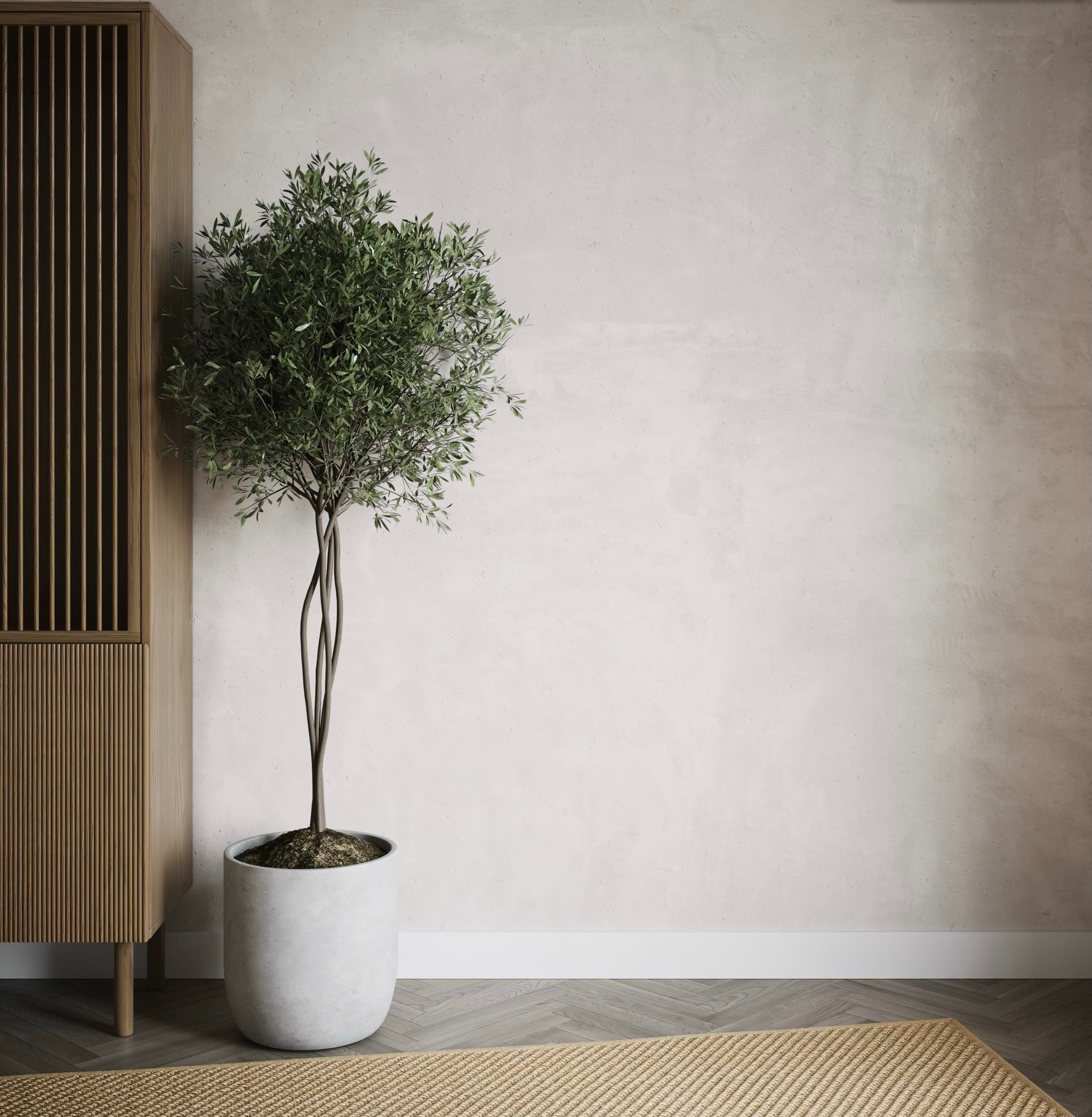
Magical Art of Terrarium Gardening: Making Miniature Worlds
Created by Jessica Maric Gramatica.
Reviewed at Sisuverse.
As we live our busy lives, it's often the small details of nature that captivate us and fill us with wonder. Terrarium gardening is a way to create miniature nature-inspired worlds within our homes and gardens, even in urban settings. This therapeutic practice inspires creativity and mindfulness and allows us to appreciate the delicate beauty of the world around us.
In this guide, we'll show you how to create a thriving miniature garden using plants, mosses, and landscape elements in a glass container. We'll guide you through the steps of selecting plants and designing your layout to create a complete ecosystem. We'll also share tips to help your plants thrive for years to come.
Terrarium gardening is a journey of discovery, creativity, and connection to nature's beauty and resilience. Let the allure of terrariums awaken joy and serenity in your heart and bring a reflection of the world's colourful splendour to your living spaces.
Choosing the Perfect Terrarium Container
Selecting the right container for your terrarium is the first step towards creating your miniature oasis:
- Type of Container: Choose between open or closed terrariums, taking into consideration the moisture and humidity preferences of your selected plants.
- Material: Opt for a glass or transparent plastic container that allows ample light to reach your plants whilst providing an unobstructed view of your miniature landscape.
- Size and Shape: Select a container that offers adequate space for your chosen plants and design, ensuring proper height, depth, and width to accommodate roots and foliage.
- Accessibility: Ensure the container has a sufficiently wide opening for planting, arranging, and maintaining your terrarium.
Selecting the Ideal Terrarium Plants
Incorporate various plants that adapt well to the terrarium environment whilst offering visual diversity and interest:
- Low-Growing Plants: Opt for plants that do not grow excessively tall, ensuring they remain within the scale of your terrarium and do not outgrow the container.
- Humidity-Tolerant Species: Choose plants that thrive in high humidity since the enclosed environment of a terrarium lends itself to maintaining consistent moisture levels.
- Varied Textures and Colours: Incorporate plants with diverse foliage textures and colours to create a visually appealing, harmonious display within your terrarium.
- Easy-to-Care-For Varieties: Select plants that require minimal care and maintenance, such as ferns, mosses, or small tropical species.
Layering Substrates for Your Terrarium Ecosystem
Create a healthy, sustainable growing environment for your terrarium plants by layering various substrates within your container:
- Drainage Layer: Begin by adding a layer of pebbles or gravel at the container's base to promote adequate drainage and prevent root rot.
- Activated Charcoal: Sprinkle a thin layer of activated charcoal on top of the drainage layer to help absorb excess moisture and minimise odours within your terrarium.
- Separator Layer: Place a layer of sphagnum moss or a piece of landscape fabric on top of the charcoal to prevent the soil from seeping into the drainage layer.
- Potting Soil: Add a layer of well-draining, high-quality potting mix suitable for your chosen plant varieties, ensuring enough depth for root development and growth.
Designing and Arranging Your Terrarium
Design your terrarium with a sense of artistry and harmony, arranging plants, landscape elements, and decorative items in a balanced and visually appealing manner:
- Sketching a Plan: Before planting, create a rough sketch of your terrarium design, considering the placement of plants, stones, or unique features.
- Focal Points: Establish focal points within your terrarium layout, using eye-catching plants, intriguing rocks, or other decorative elements to draw attention.
- Plant Spacing: Plant your chosen species with enough space between them to promote healthy growth and make room for future expansion.
- Accent Details: Add finishing touches to your terrarium, such as decorative rocks, figurines, or natural materials that complement your design and showcase your personal style.
Maintaining Your Terrarium Garden
Preserve the health and vitality of your terrarium by following proper maintenance practices:
- Regular Monitoring: Consistently check on your terrarium's moisture levels, temperature, and overall plant health, addressing any issues that arise.
- Balanced Watering: Water your terrarium sparingly and only when necessary, using a spray bottle or dropper to maintain an appropriate level of moisture within the container.
- Pruning and Trimming: Regularly prune your terrarium plants to encourage bushy growth and prevent overcrowding within your miniature landscape.
- Pest Control: Inspect your terrarium regularly for signs of pest infestations, taking necessary action to remove any unwanted critters or treat diseases.
Conclusion
Terrarium gardening is a bewitching and deeply expressive art form that brings the captivating beauty and complexity of nature into our living spaces. By carefully selecting compatible plants, arranging them within striking, well-designed landscapes, and nurturing their growth with a gentle, attentive touch, we can create miniature worlds of breathtaking grace and serenity within the confines of a glass container.
Allow Sisu Essence to introduce you to the magic of terrarium gardening and other decor and garden ideas. Discover the harmonious interplay of nature and rekindle your bond with the delicate wonders of the earth. Visit our website and immerse yourself in the world of terrariums and let them awaken the spirit of the gardener within you.





